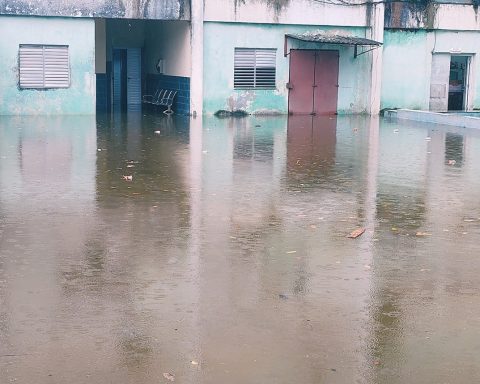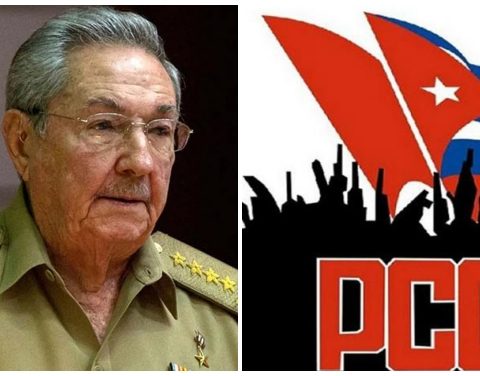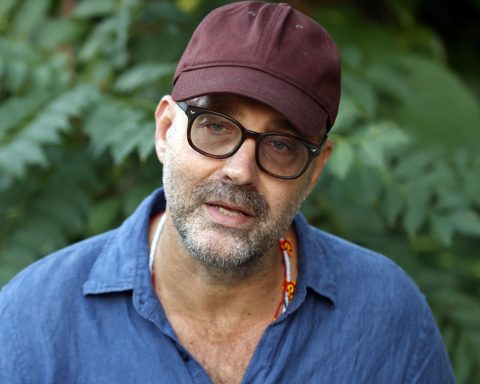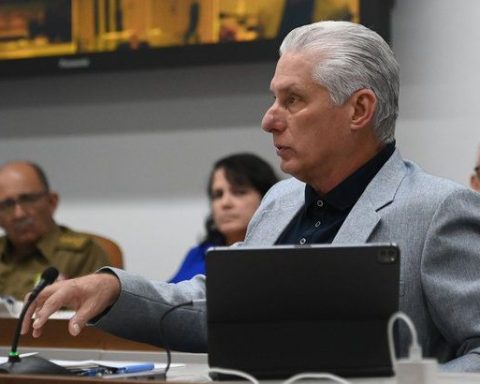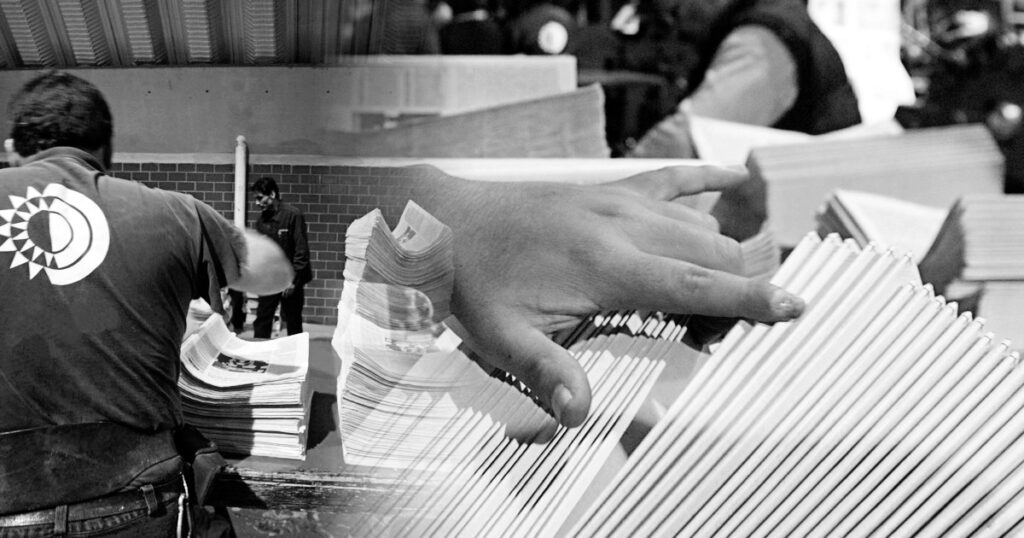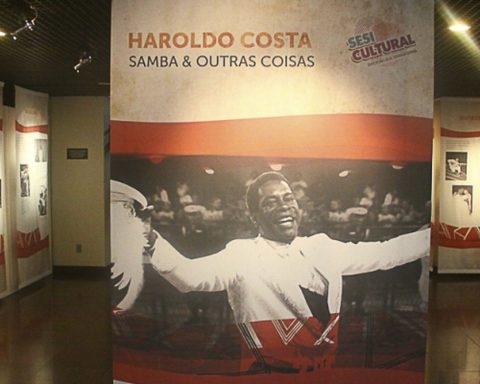MADRID, Spain.- “La Bayamesa” best known in Cuba is that of Perucho Figueredo, orchestrated in 1868 by the violinist and conductor Manuel Muñoz Cedeño, battle song that gave rise to the National Anthem. But this was not the first piece of this name on the Island.
The initial was sung in 1851, composed by José Fornaris y Luque with a musical arrangement by Carlos Manuel de Céspedes and Francisco Castillo Moreno. Considered the genesis of the romantic genre in the Greater Antilles, it was created for the young woman from that eastern city, Luz Vázquez, who later joined the independence struggles.
The Cuban poet José Fornaris y Luque was born in Bayamo, present-day Granma province, on March 18, 1827. He graduated in Law in 1852, the year in which, for political reasons, the Spanish authorities in Palma Soriano arrested him along with Céspedes. He practiced as a lawyer and inherited from his father the position of Councilor of the Town Hall of his hometown.
In 1853 Fornaris settled again in Havana, at whose University he studied, and began to cultivate poetry, while he dedicated himself to teaching. The first literary essays by him appeared in the newspaper The Press. Until 1870, when he would emigrate to Europe, he cemented his poetic prestige.
Directed the publications The Cuban Forest (1855-1856) and the canoe (1856-1857) and edited, in collaboration with J. Socorro León and Joaquín Lorenzo Luaces, the anthology poetic cuba (1855, 1858 and 1861). He is author of Songs of the siboney (1855), tropical songs (1874) and the home harp (1878).
Among the magazines and cultural publications in which he collaborated are La Abeja, El Colibrí, El Almendares, Revista de La Habana, El Siglo, La Prensa, Mail in the afternoon, Aguinaldo Habanero, Revista Habanera, El País, La Aurora and Cuban Magazine.
Popular singer of the life of the Indians, in his verses he described the customs of the primitive inhabitants of Cuba. The Songs of the siboney They made Fornaris the most valuable exponent of the literary current called “siboneyismo”.
He died in Havana in September 1890. He devoted his last years to teaching and letters.


